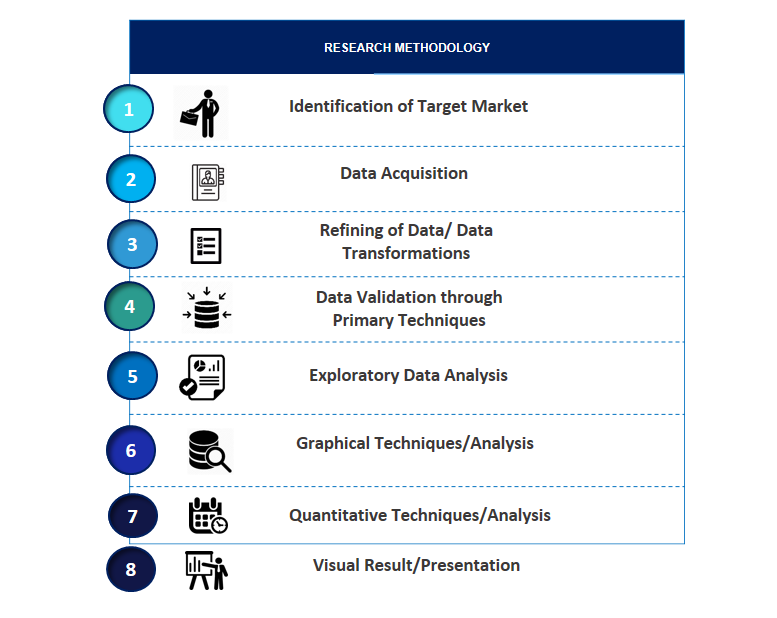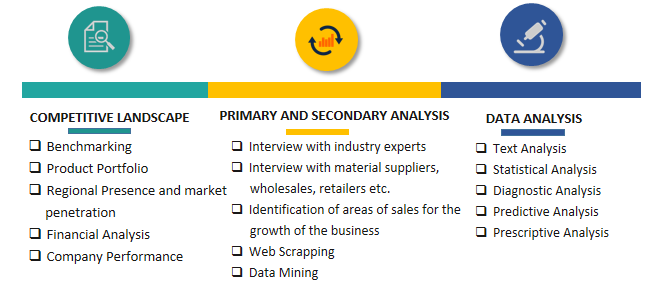Australia Dragon Fruit Market Introduction and Overview
According to SPER Market Research, the Australia Dragon Fruit Market is estimated to reach USD XX billion by 2033 with a CAGR XX%.
The report includes an in-depth analysis of the Australia Dragon Fruit Market, including market size and trends, product mix, distribution channels, and supplier analysis. The colorful and unusual dragon fruit, also called pitaya, is derived from a number of distinct cactus species and is mostly found in Southeast Asia and Central America. Its remarkable appearance includes vivid pink or yellow skin embellished with green leaves that resemble scales, giving it a name derived from the myth of the dragon. With a texture like to kiwi and a pleasantly sweet flavor, the flesh is usually white or red and dotted with small black seeds. Dragon fruit is prized for its distinct flavor as well as its health advantages, which include possible improvements to digestion and immunity. It is also high in antioxidants, vitamins, and fiber.
Market Opportunities and Challenges
Opportunities: The market for dragon fruit is expanding rapidly because there is a growing need for fresh dragon fruit. Furthermore, because of the numerous health advantages that exotic tropical fruits provide as well as an overall growth in consumer disposable income, particularly in emerging countries, demand for these fruits has increased recently. The growing consumer interest in exotic fruits and health-conscious eating has created a multitude of growth and expansion potential for the dragon fruit business in Australia. Dragon fruit has drawn the interest of health enthusiasts with its colorful appearance and nutritional value, making it an attractive addition to the processed food and fresh produce industries.
Challenges: There are multiple challenges facing the Australian dragon fruit market that could hinder its expansion. First of all, certain climate conditions are needed for the development of dragon fruit, which can restrict production to particular areas and leave it susceptible to climate variability. Furthermore, new growers may be discouraged from entering the market by the high initial cost of setting up and maintaining dragon fruit farms and the relatively poor return on investment.
Market Competitive Landscape
The Dragon Fruit market in Australia is moderately consolidated. Some of the market key plyers are Lee's Dragon Fruit Plantation, Rare Dragon Fruit, The Seed Collection Pty Ltd., Daleys Fruit Tree Nursery, Ross Creek Tropicals, Others.
Scope of the report:
| Report Metric | Details |
| Market size available for years | 2020-2033 |
| Base year considered | 2023 |
| Forecast period | 2024-2033 |
| Segments covered | By Flesh Colour Type, By Distribution Channel
|
| Regions covered | Eastern Region, Western Region, Northern Region, Southern Region
|
| Companies Covered | ee's Dragon Fruit Plantation, Rare Dragon Fruit, The Seed Collection Pty Ltd., Daleys Fruit Tree Nursery, Ross Creek Tropicals, Others.
|
COVID-19 Impact on Australia Dragon Fruit Market
The Australian dragon fruit market was greatly affected by the COVID-19 outbreak, which brought with it both opportunities and challenges. Lockdowns and other restrictions first caused supply chains to break, making it harder to find raw materials and get goods to market. Growers experienced delays and higher expenses as a result. Furthermore, the closing of cafés and restaurants decreased consumer demand for fresh fruit, which had an impact on many farmers' earnings. But the pandemic also increased interest in healthy diet and home cooking, which led people to look for unusual but nutrient-dense fruits like dragon fruit.
Key Target Audience:
- Health-Conscious Consumers
- Food Enthusiasts and Home Cooks
- Restaurants and Cafés
- Grocery Retailers
- Juice and Smoothie Bars
- Export Markets
- Culinary Professionals
- Organic and Sustainable Product Shoppers
Our in-depth analysis of the Australia Dragon Fruit Market includes the following segments:
| By Flesh Colour Type: | RedWhiteOthers |
| By Distribution Channel: | Supermarkets and HypermarketsConvenience StoresOnlineOthers |
Key Topics Covered in the Report:
- Australia Dragon Fruit Market Size (FY’2024-FY’2033)
- Overview of Australia Dragon Fruit Market
- Segmentation of Australia Dragon Fruit Market By Flesh Colour Type (Red, White, Others)
- Segmentation of Australia Dragon Fruit Market By Distribution Channel (Supermarkets and Hypermarkets, Convenience Stores, Online, Others)
- Expansion Analysis of Australia Dragon Fruit Market
- Problems and Obstacles in Australia Dragon Fruit Market
- Competitive Landscape in the Australia Dragon Fruit Market
- Impact of COVID-19 and Demonetization on Australia Dragon Fruit Market
- Details on Current Investment in Australia Dragon Fruit Market
- Competitive Analysis of Australia Dragon Fruit Market
- Prominent Players in the Australia Dragon Fruit Market
- SWOT Analysis of Australia Dragon Fruit Market
- Australia Dragon Fruit Market Future Outlook and Projections (FY’2024-FY’2033)
- Recommendations from Analyst
1. Introduction
1.1. Scope of the report
1.2. Market segment analysis
2. Research Methodology
2.1. Research data source
2.1.1. Secondary Data
2.1.2. Primary Data
2.1.3. SPER’s internal database
2.1.4. Premium insight from KOL’s
2.2. Market size estimation
2.2.1. Top-down and Bottom-up approach
2.3. Data triangulation
3. Executive Summary
4. Market Dynamics
4.1. Driver, Restraint, Opportunity and Challenges analysis
4.1.1. Drivers
4.1.2. Restraints
4.1.3. Opportunities
4.1.4. Challenges
4.2. COVID-19 Impacts of the Australia Dragon Fruit Market
5. Market variable and outlook
5.1. SWOT Analysis
5.1.1. Strengths
5.1.2. Weaknesses
5.1.3. Opportunities
5.1.4. Threats
5.2. PESTEL Analysis
5.2.1. Political Landscape
5.2.2. Economic Landscape
5.2.3. Social Landscape
5.2.4. Technological Landscape
5.2.5. Environmental Landscape
5.2.6. Legal Landscape
5.3. PORTER’s Five Forces
5.3.1. Bargaining power of suppliers
5.3.2. Bargaining power of buyers
5.3.3. Threat of Substitute
5.3.4. Threat of new entrant
5.3.5. Competitive rivalry
5.4. Heat Map Analysis
6. Competitive Landscape
6.1. Australia Dragon Fruit Market Manufacturing Base Distribution, Sales Area, Product Type
6.2. Mergers & Acquisitions, Partnerships, Product Launch, and Collaboration in Australia Dragon Fruit Market
7. Australia Dragon Fruit Market, By Flesh Colour Type (USD Million) 2020-2033
7.1. Australia Dragon Fruit Market Size, Share and Forecast, By Flesh Colour Type, 2020-2026
7.2. Australia Dragon Fruit Market Size, Share and Forecast, By Flesh Colour Type, 2027-2033
7.3. Red
7.4. White
7.5. Others
8. Australia Dragon Fruit Market, By Distribution Channel (USD Million) 2020-2033
8.1. Australia Dragon Fruit Market Size, Share and Forecast, By Distribution Channel, 2020-2026
8.2. Australia Dragon Fruit Market Size, Share and Forecast, By Distribution Channel, 2027-2033
8.3. Supermarkets and Hypermarkets
8.4. Convenience Stores
8.5. Online
8.6. Others
9. Australia Dragon Fruit Market Forecast, 2020-2033 (USD Million)
9.1. Australia Dragon Fruit Market Size and Market Share
10. Australia Dragon Fruit Market, By Region, 2020-2033 (USD Million)
10.1. Australia Dragon Fruit Market Size and Market Share By Region (2020-2026)
10.2. Australia Dragon Fruit Market Size and Market Share By Region (2027-2033)
10.3. Eastern Region
10.4. Western Region
10.5. Northern Region
10.6. Southern Region
11. Company Profile
11.1. Lee's Dragon Fruit Plantation
11.1.1. Company details
11.1.2. Financial outlook
11.1.3. Product summary
11.1.4. Recent developments
11.2. Rare Dragon Fruit
11.2.1. Company details
11.2.2. Financial outlook
11.2.3. Product summary
11.2.4. Recent developments
11.3. The Seed Collection Pty Ltd.
11.3.1. Company details
11.3.2. Financial outlook
11.3.3. Product summary
11.3.4. Recent developments
11.4. Daleys Fruit Tree Nursery
11.4.1. Company details
11.4.2. Financial outlook
11.4.3. Product summary
11.4.4. Recent developments
11.5. Ross Creek Tropicals
11.5.1. Company details
11.5.2. Financial outlook
11.5.3. Product summary
11.5.4. Recent developments
11.6. Others
12. Conclusion
13. Reference Links
14. List of Abbreviations
SPER Market Research’s methodology uses great emphasis on primary research to ensure that the market intelligence insights are up to date, reliable and accurate. Primary interviews are done with players involved in each phase of a supply chain to analyze the market forecasting. The secondary research method is used to help you fully understand how the future markets and the spending patterns look likes.
The report is based on in-depth qualitative and quantitative analysis of the Product Market. The quantitative analysis involves the application of various projection and sampling techniques. The qualitative analysis involves primary interviews, surveys, and vendor briefings. The data gathered as a result of these processes are validated through experts opinion. Our research methodology entails an ideal mixture of primary and secondary initiatives.


